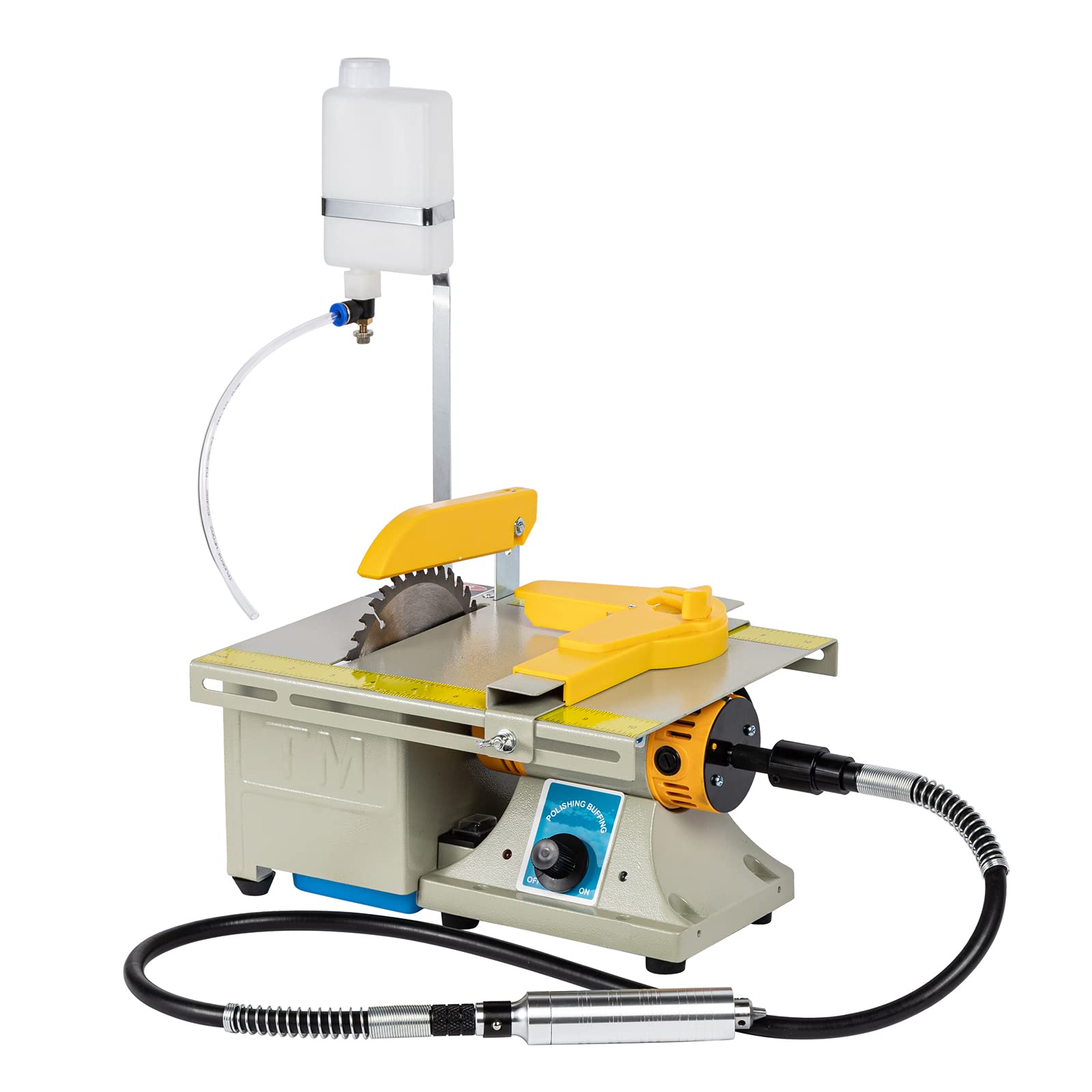Metal lathes are powerful machines that play a crucial role in the world of metalwork, allowing craftsmen to create intricate and precise designs. These machines have revolutionized the way metal products are made, offering unparalleled accuracy and efficiency. In this article, we will explore the fascinating world of metal lathes and delve into the various applications and benefits they bring to the field of metal crafting.
The History and Evolution of Metal Lathes
Metal lathes have a rich history that dates back to ancient times. The earliest known lathes were simple hand-operated devices used by the Egyptians and Greeks to shape wood and stone. However, it wasn’t until the Industrial Revolution in the 18th century that metal lathes began to emerge. These early machines were powered by water or steam and allowed for more precise and efficient metalworking. Over the years, metal lathes have continued to evolve and improve, with advancements in technology leading to the development of computer numerical control (CNC) lathes. Today, metal lathes are essential tools in industries such as manufacturing, automotive, and aerospace, enabling the creation of intricate and precise metal components.
Understanding the Functionality and Components of Metal Lathes

Metal lathes are versatile machines used in various industries for shaping and machining metal workpieces. These machines consist of several key components that work together to perform precise cutting and shaping operations. The main components of a metal lathe include the bed, headstock, tailstock, carriage, and tool post. The bed provides a stable base for the lathe and supports the other components. The headstock houses the main spindle, which rotates the workpiece. The tailstock is used for supporting long workpieces and can be adjusted for different lengths. The carriage moves along the bed and holds the cutting tool. The tool post holds the cutting tool and allows for precise adjustments. Understanding the functionality and components of metal lathes is essential for operating these machines effectively and achieving accurate results.
Choosing the Right Metal Lathe for Your Metalworking Projects
When it comes to metalworking projects, choosing the right metal lathe is crucial. A metal lathe is a machine tool that rotates a workpiece on its axis to perform various operations such as cutting, drilling, and shaping. There are several factors to consider when selecting a metal lathe, including the size and weight of the workpiece, the type of material being worked on, and the desired precision and accuracy of the finished product. Additionally, the power and speed capabilities of the lathe, as well as the availability of accessories and attachments, should also be taken into account. By carefully evaluating these factors, you can ensure that you choose the right metal lathe for your specific metalworking needs.
Mastering the Art of Metal Turning with a Lathe
Metal turning is a crucial skill for any aspiring machinist or metalworker. With the help of a lathe, one can shape and mold metal into various forms and sizes. Mastering this art requires patience, precision, and practice. The lathe is a versatile tool that allows for both rough and fine turning, making it suitable for a wide range of projects. From creating intricate designs to turning simple cylindrical shapes, the possibilities are endless. However, it is important to note that safety precautions must be taken when working with a lathe, as it involves sharp tools and high-speed rotations. With dedication and proper guidance, anyone can become proficient in the art of metal turning with a lathe.
Essential Safety Tips for Operating Metal Lathes
Operating metal lathes can be a dangerous task if not done properly. To ensure your safety, here are some essential tips to keep in mind. Firstly, always wear appropriate personal protective equipment, such as safety glasses and gloves, to protect yourself from flying debris and sharp edges. Secondly, familiarize yourself with the machine’s operating manual and follow all instructions carefully. Never attempt to operate the lathe without proper training or supervision. Additionally, make sure the lathe is properly maintained and all safety guards are in place before starting any work. Lastly, always be aware of your surroundings and keep a safe distance from the rotating parts of the lathe. By following these safety tips, you can minimize the risk of accidents and injuries while operating metal lathes.
Exploring Advanced Techniques and Applications of Metal Lathes
Metal lathes are versatile machines that are used in a wide range of industries, from automotive to aerospace. They are capable of performing various operations, such as turning, facing, drilling, and threading, on metal workpieces. However, there are also advanced techniques and applications of metal lathes that go beyond these basic operations.
One advanced technique is called contour turning, which involves creating complex shapes and contours on a workpiece. This technique requires precise control of the lathe’s movements and the use of specialized tools. Another advanced application is multi-axis machining, where the lathe can move in multiple directions simultaneously, allowing for the creation of intricate and precise parts.
Metal lathes can also be used for advanced applications such as milling, grinding, and even 3D printing. With the right attachments and tools, a lathe can be transformed into a multi-functional machine that can perform a wide range of tasks.
Overall, exploring the advanced techniques and applications of metal lathes can open up new possibilities for manufacturers and engineers, allowing them to create more complex and precise parts.
Conclusion
In conclusion, metal lathes play a crucial role in the world of metalwork by allowing craftsmen to create intricate and precise designs. These machines have revolutionized the industry by increasing efficiency and accuracy in the production process. With advancements in technology, metal lathes will continue to evolve and contribute to the growth of metalwork in various industries.
What is a metal lathe?
A metal lathe is a machine tool used in metalworking that rotates a workpiece on its axis to perform various operations such as cutting, drilling, and shaping.
What are the main components of a metal lathe?
The main components of a metal lathe include the bed, headstock, tailstock, carriage, cross-slide, tool post, and chuck.
What are the advantages of using a metal lathe?
Using a metal lathe allows for precise and accurate machining of metal parts, making it ideal for crafting intricate designs and achieving high levels of precision in metalwork.
What materials can be worked on with a metal lathe?
A metal lathe can work on a wide range of materials including various types of metals such as steel, aluminum, brass, and copper.
What safety precautions should be taken when using a metal lathe?
When using a metal lathe, it is important to wear appropriate safety gear such as safety glasses, gloves, and ear protection. Additionally, one should always ensure that the workpiece is securely clamped and that the lathe is properly maintained and operated according to safety guidelines.
Can a metal lathe be used for other purposes besides metalworking?
While metal lathes are primarily designed for metalworking, they can also be used for certain woodworking tasks by using specialized attachments and tools.

